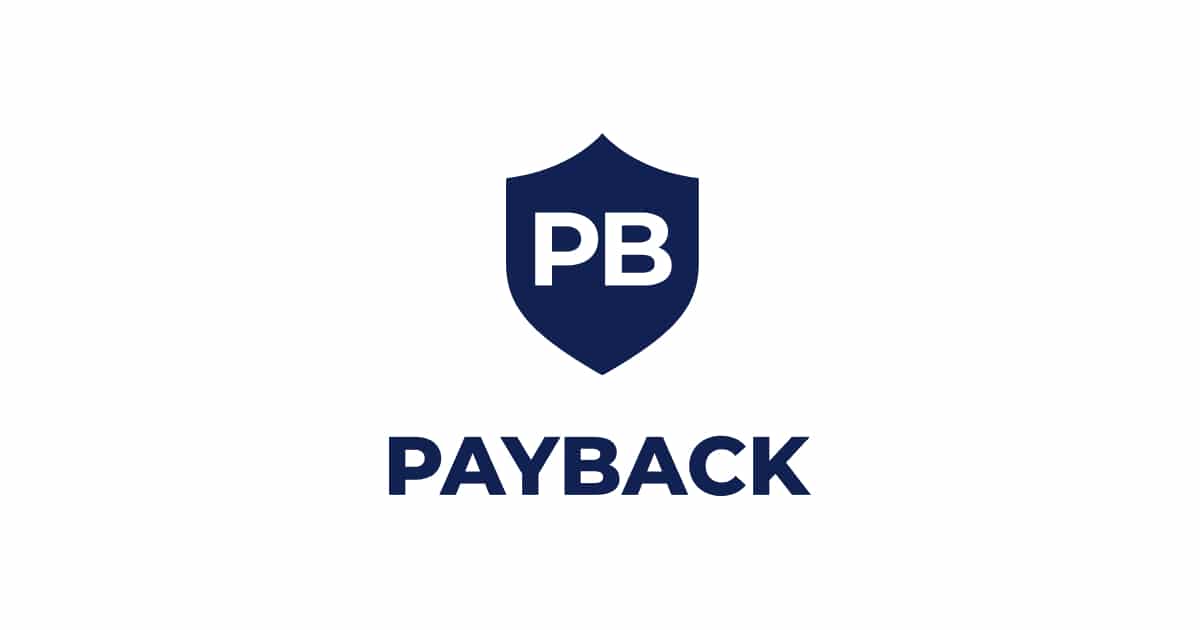Java will undoubtedly be the most exemplary programming language if you ask 100 developers. However, Java seems quite tricky to some students working on the assignments. But all you need to be focused and attentive during learning the language so that you don’t have to run for java homework help the last time.
Why is Java the favourite?
Over 9.6 million developers use Java, and there’s a strong reason for that, even though it’s not as novel and interesting as other languages like Python.
Many desktop and mobile applications use Java, which is relatively easy to learn. Additionally, a ton of Java tools is readily available, making the language straightforward for developers and beginners.
Java boosts career opportunities: To increase your earning potential and career options, you must decide what kind of software development you prefer.
All-time favourite to the web developers: When a website looks great and feels great, web developers who utilise languages such as JavaScript rejoice. However, they grimace at the idea of spending all day on the server executing code.
If you want to build your career with Java, you should be focused on your goal and be prepared for yourself without the homework experts from java tutors.
The visible advantages are:
- Java is easy to learn
Java was designed to be simple to use, making writing, building, debugging, and learning simpler than other programming languages.
- Java is object-oriented
This makes it possible to create modular applications with reused code.
- Java is platform-independent
One of Java’s key advantages is how simple it is to switch between various computer systems. Java does this by being platform-independent at both the source and binary levels, which is necessary for software for the World Wide Web to run on various platforms.
Due to its reliability, usability, cross-platform compatibility, and security features, Java has emerged as a top language for developing global Internet solutions.
You can read more about the top 10 reasons to learn Java as you scroll down.
- Popularity and High Salary of Java
One of the most widely used programming languages worldwide is Java. According to Oracle blogs, it is utilised by about 9 million developers and is available on almost 7 billion devices worldwide.
In addition, Java developers have some of the highest-paying professions in the business due to the great demand for the language. The annual income range for a Java Developer is $47,169 to $106,610.
- It’s Simple to Learn Java
Java has a grammar that is close to English, making it simple to learn and understand in a short amount of time. However, there are plenty of Java tutorials available online. You can follow several online instructions to learn Java and become an expert.
- Java has a Wide Range of APIs
There are many Java classes, packages, interfaces, and other components in Java’s broad Application Programming Interface (API). This is helpful for building applications without necessarily knowing how they are implemented within.
Official Java core APIs, Optional Official Java APIs, and Unofficial APIs are the three primary categories of Java’s APIs. The use of these APIs is widespread and includes networking, I/O, databases, media, XML parsing, speech synthesis, etc.
- Numerous Open Source Libraries for Java
Resources in open-source libraries can be shared, altered, copied, and examined. As a result, Java programming can be made simpler, more affordable, and quicker by utilising one of the many open source libraries available, like JHipster, Maven, Google Guava, Apache Commons, etc.
- Strong Development Tools for Java
Programmers have access to various integrated development environments (IDEs) in Java that offer diverse software development tools. Powerful Java IDEs like Eclipse, NetBeans, IntelliJ IDEA, and others significantly impact Java’s popularity.
Debugging, syntax highlighting, code completion, language support, automated refactoring, and other features offered by these IDEs facilitate and speed up Java coding.
Around 90% of Fortune 500 corporations chose Java to provide a foundation for the Android operating system and many of their back-end applications. Additionally, it is significant for Windows Azure, Amazon Web Services, and Apache Hadoop data processing.
- Java is completely free
Because Java is freely accessible under the Oracle Binary Code License (BCL), it is highly well-liked by lone programmers. This indicates that Java is free for testing and development environments, but some payment is necessary for commercial use.
- Java is cross-platform
As the Java source code is translated to byte code by the compiler and then executed on any platform using the Java Virtual Machine, Java is platform-independent.
As a result, Java is a platform-neutral language, commonly referred to as a WORA (write once, run everywhere) language. Furthermore, due to Java’s platform independence, most Java programmes are created in a Windows environment and run on UNIX systems.
- Java Offers Outstanding Documentation Support
The documentation support for Java is great using Javadoc, which is Java’s documentation generator. The API documentation is generated in HTML format using the Java source code. Therefore, Javadoc serves as a helpful resource when writing Java code, making it easy to understand the code.
- Java is Flexible
Java is remarkably adaptable since it can be used to build programmes for the web, mobile devices, desktop computers, and other platforms.
Additionally, Java has a lot of features that make it very adaptable, like dynamic coding, several security features, platform independence, network-centric architecture, etc. So, whether you are a high school student or a college freshman, if you have the desire to learn how to code, today is the day to get started.
You can witness both the growth and success of Java
According to Oracle, there are more than 9 million Java developers worldwide. Any developer will be able to attest to the significant contribution the programming community makes to their continuous education. When you run into trouble, you use Stack Overflow, a programming question-and-answer site. You peruse Github’s code repositories when you’re curious.
Any programming language’s development and success depend on its community of knowledgeable developers. A language just couldn’t live without this system of support.
Let’s dig into the other reasons to learn:
User-friendly language: Java’s beginner-friendliness is its best feature for learning. The grammar of Java is very similar to that of its forerunners, C, C++, etc. Of course, Java incorporates elements of its predecessors, but it also includes some cutting-edge capabilities that support programmers in real time.
Memory management tools: Java has more sophisticated memory management facilities than its forerunners. A built-in software tool called the garbage collector allows the runtime environment to handle memory allocation, reallocation, and deallocation automatically.
Makes everything easier: Even at the novice level, the object-oriented programming nature of the language makes it more precise, readable, and the best in class for getting started with real-time applications.
All you need to do is be attentive and contribute your precious time to understand the subject, especially in a programming language like Java. But thankfully, assignment help with English homework, Java homework, math homework etc. exist to help students understand the importance of the topic.
To conclude,
You can have a bright future with Java because it is a dynamic language. Every six months, a new version with updated features for contemporary programming is released. In addition, Java has excellent backward compatibility (compatibility with older versions). Other languages can be easily used with such a runtime environment after you become comfortable with the Java Virtual Machine. As a result, you are free to participate in as many intriguing projects as you choose and broaden your understanding of the technology stack.










